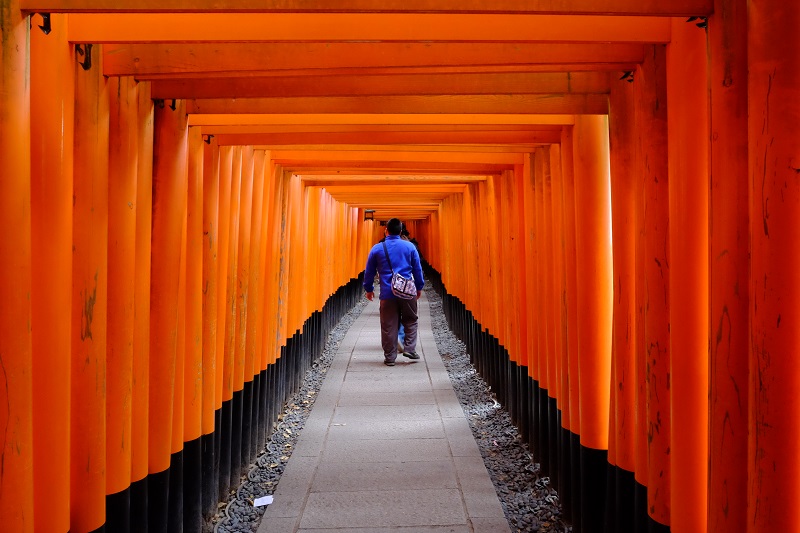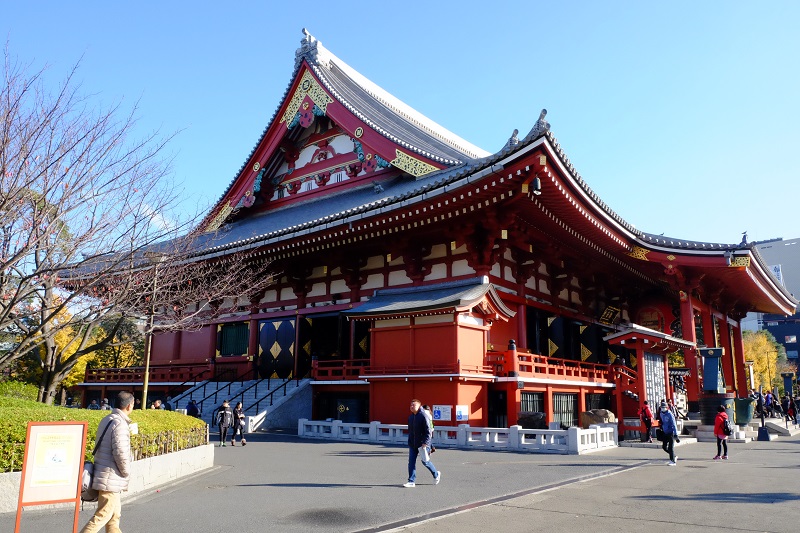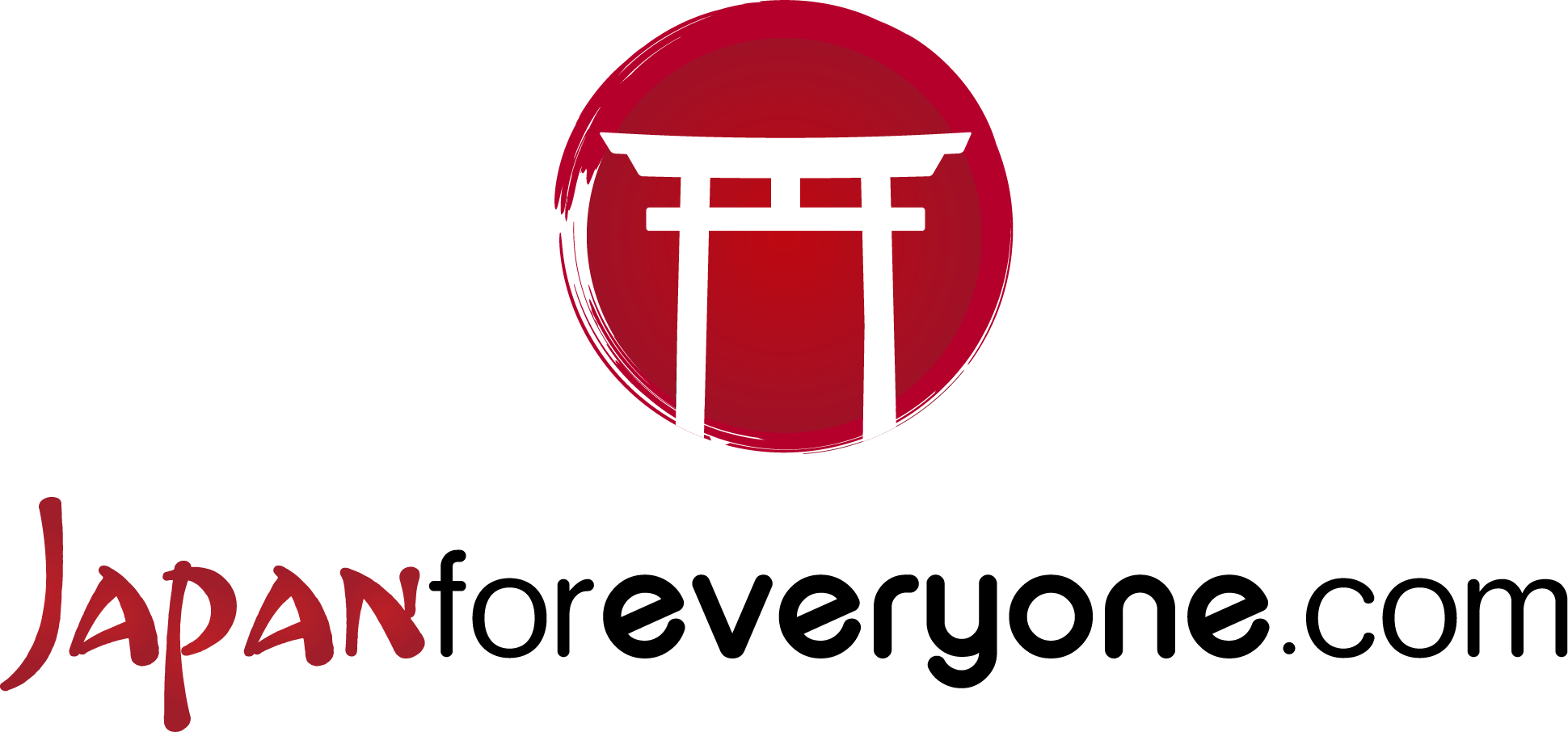Religion in Japan: Buddhism and Shintoism
Asking a Japanese person what religion he or she belongs to is the classic question that could put a strain on your friendship. Contrary to what happens in most parts of the world, in fact, not only is atheism vastly majority among all sections of the population, but there is no such thing as an official religion. For the Japanese, religion is an absolutely private matter belonging to the personal sphere of the individual, and must not in any way interfere in the public sphere, or cause any disturbance in people’s lives.
Those who are believers are generally attached to shinbutsu shūgō (神仏習合 ‘syncretism of kami and Buddha’). The latter is not, as with us, a set of doctrines to be followed, but rather a set of beliefs to be drawn from, precisely by following one’s personal history and inclination.

Fushimi Inari – Kyoto
It originated in the first centuries A.D., when the first Buddhist monks landed in Japan, and was well received especially by the samurai, who were fascinated by the monks’ iron discipline. This happy marriage would have mixed fortunes until a few decades ago, when Japan finally adopted religious freedom in its constitution. Since then, strong influences from other religions, especially animist and Christian, will also enter into shinbutsu shūgō.
The two main religions coexisted particularly well given their complementarity, so much so that it is not at all difficult to find houses, or even temples, with altars dedicated to both confessions. With a bit of luck, you might even find small Christian chapels, or rooms dedicated to Muslim prayer, should you need them.
Since religion is only an ‘indicative’ factor for the Japanese, the main difference between the two religions concerns the sphere they attribute to them in the Rising Sun: Shintoism, with its kami (nature spirits) cares for the private sphere of the individual and his interaction with the world. Buddhism, on the other hand, tends to be the religion of community living and greatly influences people’s behaviour. Both are, however, seen as private. Making the sign of the cross or ostentatiously wearing religious symbols is viewed extremely poorly by the people of the Rising Sun. On the other hand, it is perfectly normal to see people even of a certain level carrying trinkets and talismans. The Japanese in fact experience their relationship with the deity as a voluntary act, a quid pro quo for immediate advantage. It is not seen as self-interest, but a simple exchange of favours between man and kami or Buddha. A ‘neutral’ talisman is not seen as a religious symbol, but rather proof of the agreement between the person and the various spirits. While every Japanese person, even non-believers, often attends these shrines, they do not do so lightly. The strong sense of duty of the Japanese and their lack of faith in the fickle nature of spirits makes each of these covenants an obligation to be fulfilled, but one can never be one hundred per cent sure. Things change a little when one refers to the prominent figures inherited from other religions. Christ and Mohammed are accepted in Japanese culture, but are considered examples to follow, rather than ultra-human figures. This also applies to the emperor, who in Japan is considered a direct descendant of Amaterasu (the sun kami), whose birthday can be considered the country’s only true religious festival. There are many other festivals (like our Christmas), but they are seen as moments to be lived in community, with no other value than that of idleness (Christmas itself is precisely seen as a festival for lovers, like our Valentine’s Day). A slightly different discourse applies to New Year’s Eve, when Japanese people swarm
to the various temples to renew pacts with the spirits and pray to the ancestors to watch over them at the moment of renewal.

Sensoji Temple – Tokyo
One last thing you absolutely must take into account once in Japan is how religion is also seen as totally subordinate to the state. Therefore having to fend for their livelihood, it is perfectly normal for Japanese temples to act as real businesses, complete with branding and merchandising. However, this should not be thought of as a commercialisation of religious sentiment, but as a simple necessity. Paying for the temple’s talismans and services is seen no differently from going to any shop for shopping. The many gurus that rage in the country deserve a separate discussion. Although they are not as destructive as the ones we are used to in Italy, they are still petty crooks, taking advantage of people’s superstition.
Main Shinto Shrines:
Fushimi Inari Taisha, also in Kyoto, characterised by its thousands of bright red portals.
Great Shrine of Ise.
Sumiyoshi Grand Shrine, Osaka.
Meiji Jingu Shrine, Shibuya Tokyo.
Itsukushima Shrine, Miyajima, famous for its gigantic Torii (portal) over the water.
Toshugu Shrine, in Nikko, built to honour the first Tokugawa Shogun.
Kotohira Gu, in Shikoku, one of Japan’s largest but also most difficult to reach religious complexes.
Main Buddhist Temples:
Sensoji, Tokyo, probably the oldest Buddhist temple in Japan.
Rinno Sanbutsudo, the Mountain Temple in Nikko, famous for its rice ceremony.
Kotoku-in, Kanagawa, containing a statue of the Buddha particularly dear to the followers of this religion.
Kaikozan Jishoin Hase-dera, Kanagawa, temple complex dedicated to the God of Mercy.
Myoryuji, the Ninja Temple in Ishikawa, so called because it could turn into a fortress full of pitfalls and secret passages.
Kiyomizu Dera, Kyoto, famous for the balcony from which monks used to commit suicide to make way for the next generation.
Author
Michele Anoardi
